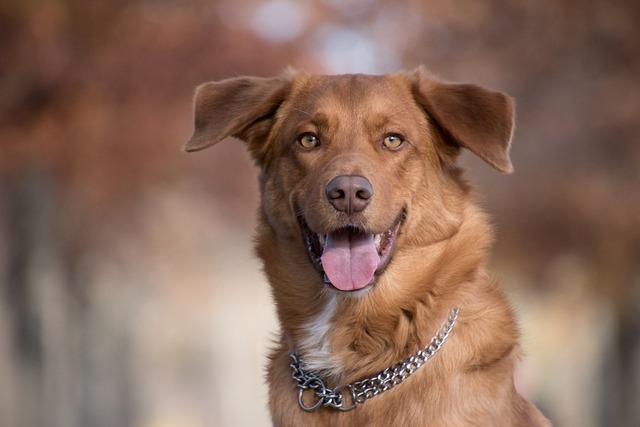
What should I do if there is redness around the eyes of a puppy
The morning light pours into the room through the window, and you prepare to greet the puppy warmly with a "good morning" as usual,
Whenever you touch your dog and find your hands full of fluff, or look at the dog hair everywhere in your home, many owners will fall into deep thought: Is it possible to improve frequent hair loss? Among the many solutions, changing dog food may be the key to hope. From a nutritional point of view, the state of a dog's fur is closely related to its diet. Changing dog food is not only an adjustment of feeding choices, but also a gentle protection for the health and beauty of your dog.
A dog's hair is like a coat woven from protein, fat and various nutrients. Its health status directly reflects whether the body's nutritional intake is balanced. Under normal circumstances, dogs will experience physiological hair loss with the change of seasons, which is particularly obvious in spring and autumn. But when the amount of hair loss is far beyond the normal range, and even local bald spots and dry and tangled hair appear, it is like a "distress signal" sent by the dog, reminding us to pay attention to whether its diet structure is reasonable.
Many common commercial dog foods use a lot of grains and plant proteins as the main ingredients to reduce costs. Although these ingredients can meet the basic satiety needs of dogs, they cannot provide the high-quality nutrition needed for healthy fur. Just like building a house with inferior materials, the foundation is unstable and the hair is naturally difficult to grow healthily. Lack of animal protein will cause the hair to be fragile and easy to break, while insufficient fat intake, especially the lack of Omega-3 and Omega-6 fatty acids, will make the skin lose its luster, the hair become dry and rough, and eventually accelerate shedding.
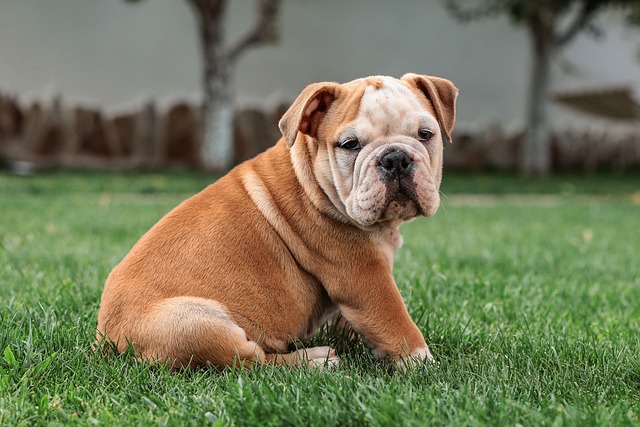
High-quality dog food is like a nutritional formula customized for dogs. Meat-based ingredients are rich in animal protein with high bioavailability. These proteins are like "reinforced cement" for building hair, making each hair strong and powerful. Deep-sea fish, such as salmon and cod, are natural treasures of Omega-3 fatty acids. These fatty acids can not only reduce skin inflammation, but also nourish hair follicles from the inside, making the hair smoother and shinier. When dogs eat dog food rich in Omega-3, it is like injecting natural "lubricant" into the hair, and the floating hair that is easy to fall off will be significantly reduced. Dog food containing an appropriate amount of Omega-6 fatty acids can help regulate skin oil secretion, maintain the water and oil balance of the skin, and avoid excessive hair loss caused by dry skin.
In addition to protein and fatty acids, vitamins and minerals also play an indispensable role in hair health. Vitamin A is like the "guardian" of hair, participating in cell growth and differentiation, and maintaining normal metabolism of skin and hair; Vitamin E is a powerful antioxidant that protects hair follicles from free radicals; zinc is closely related to protein synthesis, and its deficiency can cause hair to become brittle and easy to fall off. Some high-quality dog food will add natural ingredients such as blueberries and carrots, which are rich in vitamins and antioxidants. While providing delicious food for dogs, they silently protect their fur health.
Changing dog food to improve hair loss is not a one-time thing, but a gradual process. Sudden changes in food may cause gastrointestinal discomfort in dogs, with symptoms such as vomiting and diarrhea. The correct approach is to gradually transition within 7-10 days, mixing 10% of the new food into the old food on the first day, and then increasing the proportion of the new food every day until it is completely replaced. During this process, the owner needs to closely observe the dog's reaction, just like guarding a toddler, and every subtle change is touching. If the dog refuses to eat, has soft stools, etc., the transition time should be appropriately extended, and even a veterinarian should be consulted to adjust the plan.
Of course, improving hair loss cannot simply rely on changing dog food. Regular combing can promptly remove the floating hair that is about to fall off and promote blood circulation in the skin; sufficient drinking water helps the dog to excrete toxins in the body and maintain the moisture of the skin; proper exercise and sunlight can enhance the dog's immunity and indirectly improve the hair condition. These daily care and high-quality diet complement each other and jointly build a line of defense for hair health.
When the owner starts to try to change the dog food, he embarks on a journey full of expectations and warmth. Every day, watching the dog enjoy the new food with relish, he is full of longing for improving hair loss. As time goes by, you may be surprised to find that there are fewer hair balls on the sofa, the hair entangled on the comb is no longer in a ball, and when you touch your dog, the touch becomes softer and smoother. These subtle changes are the best rewards for the owner's careful care, and make us more convinced that a suitable dog food can not only nourish the dog's body, but also maintain the good time of companionship.

The morning light pours into the room through the window, and you prepare to greet the puppy warmly with a "good morning" as usual,
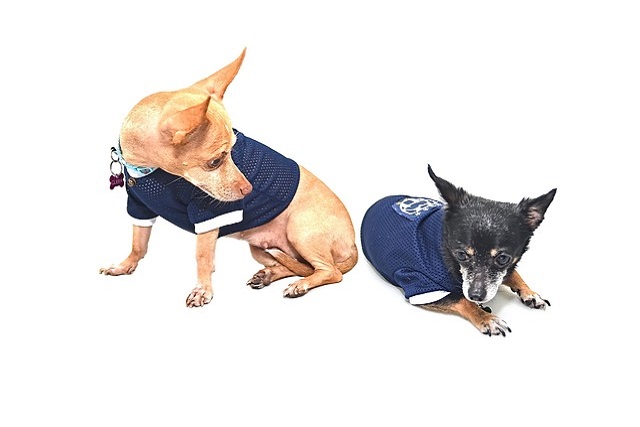
Late at night, moonlight streamed into the room through the window, but the usually lively dog went against its usual routine,
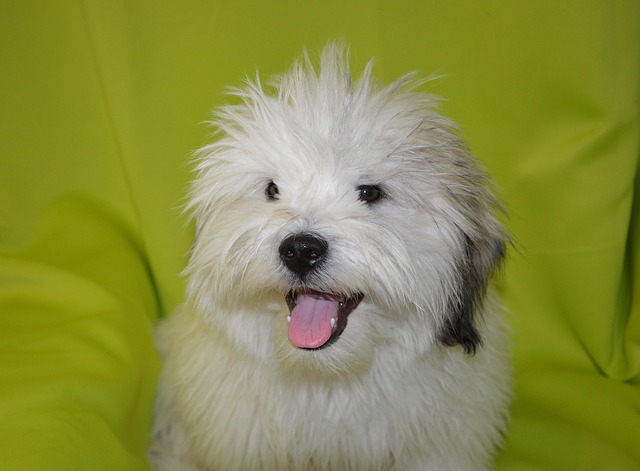
The sunshine shone on the carpet in the living room, but the usually lively and lovely Teddy went against his usual routine,
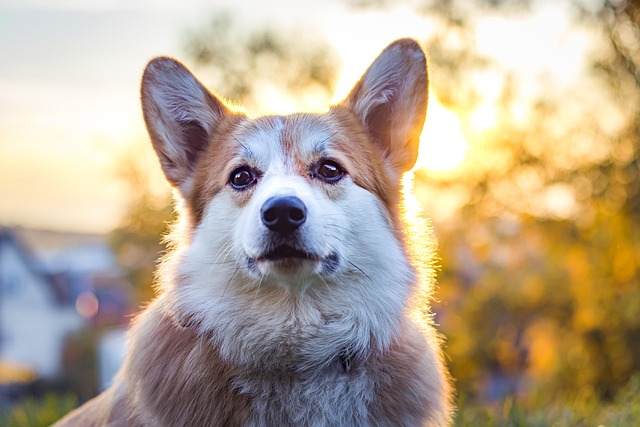
The chewing behavior of dogs is as natural as wagging their tails to show goodwill. It is not only a way to explore the world, but also an outlet for releasing energy. However, some dog breeds are particularly prone to chewing.
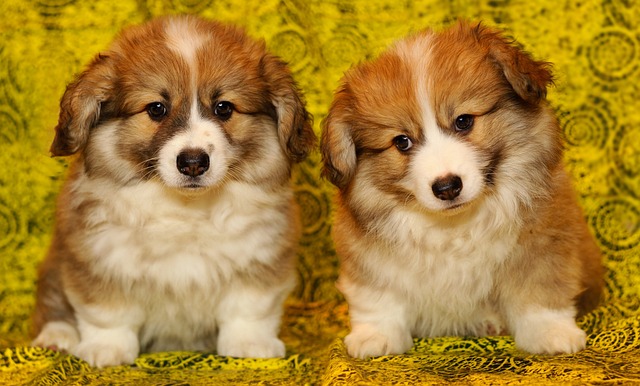
Watching the dog constantly rubbing on the floor, frantically scratching its skin with its paws, its originally smooth fur became messy,
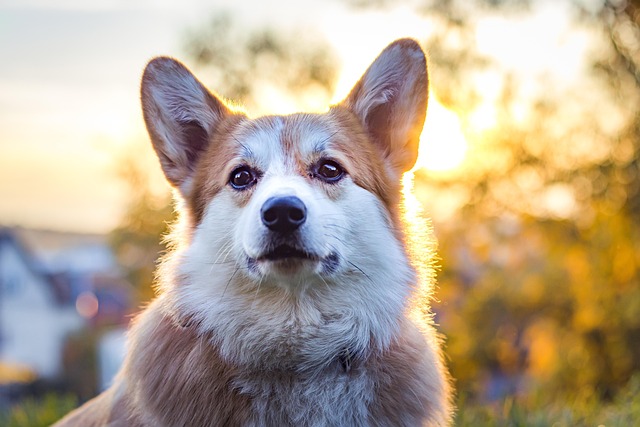
When night falls, a rapid bark suddenly comes from the community, or when we encounter a dog that barks continuously at people while walking,